TPO - The meteorological agency forecasts that over the weekend, heat waves will tend to increase in the Eastern region and some places in the Southwest.
According to the Southern Hydrometeorological Station, yesterday (March 7), heat waves appeared in several places in both the Eastern and Western regions of the South. The highest temperature ranged from 35 to over 35 degrees Celsius, the highest in Bien Hoa (Dong Nai): 35.5 degrees Celsius, Long Khanh (Dong Nai): 35.3 degrees Celsius, Chau Doc ( An Giang ): 35.3 degrees Celsius.
It is forecasted that during the weekend, heat waves will continue to appear in some places in the Eastern and Southwestern regions with the highest temperatures ranging from 35-36 degrees Celsius. The heat waves will last from 12-16 hours.
In the next 3-5 days, heat waves tend to increase in the Eastern region and some places in the Southwest.
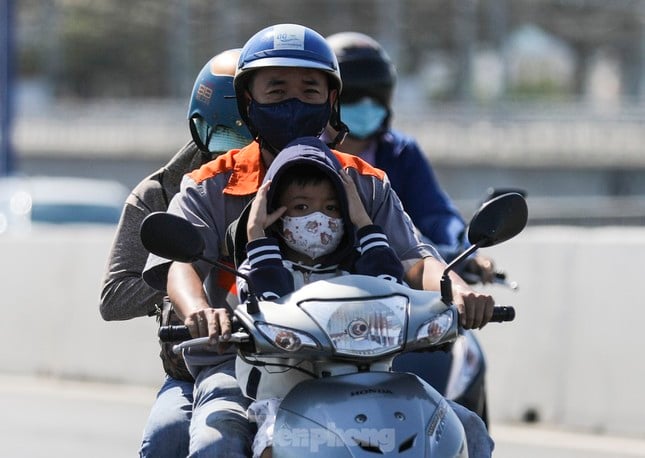 |
The meteorological agency forecasts that over the weekend, heat waves will tend to increase in the Eastern region and some places in the Southwestern region. (Illustration photo: Duy Anh) |
In Ho Chi Minh City, yesterday (March 7), the heat wave was temporarily interrupted. The highest temperature in Tan Son Hoa was 33.5 degrees Celsius, Nha Be was 33 degrees Celsius.
It is forecasted that over the weekend, heat waves will continue in Ho Chi Minh City with the highest temperature ranging from 35-36 degrees Celsius.
“Hot weather combined with high ultraviolet (UV) index affects people's health when participating in outdoor activities for a long time. Along with that, low humidity in the air, dry weather, be careful of fire and explosion” - Southern Hydrometeorological Station recommends.
Saltwater intrusion situation in the South
According to the National Center for Hydro-Meteorological Forecasting, salinity intrusion in rivers in the Southern region fluctuates at a high level in the first 1-2 days of the week, then gradually decreases and increases again in the last 2 days of the week. The highest salinity at stations is generally lower than the highest salinity in March 2023, but some stations in Ho Chi Minh City, Long An, Tien Giang , Ben Tre, Ca Mau, and Kien Giang have higher salinity.
The depth of the 4‰ salinity boundary at the main river mouths is as follows: Dong Vam Co and Tay Vam Co Rivers: salinity intrusion range 50-60km; Tieu and Dai Rivers: salinity intrusion range 40-45km; Ham Luong River: salinity intrusion range 42-50km; Co Chien River: salinity intrusion range 43-50km; Hau River: salinity intrusion range 45-50km; Cai Lon River: salinity intrusion range 37-45km.
The forecast of salinity intrusion in the Mekong Delta (MD) rivers in the dry season of 2023-2024 is higher than the average of many years (TBNN), but not as severe as the dry seasons of 2015-2016 and 2019-2020. The increased salinity intrusion in the Mekong Delta estuary is likely to be concentrated in March 2024 (from March 7-13, from March 24-28); in the Vam Co and Cai Lon rivers in March-April 2024 (from March 7-13, from March 24-28, from April 7-12, from April 22-28).
“The saline intrusion situation in the Mekong Delta depends on water sources from the upper Mekong River, high tides and will fluctuate in the coming time. Localities need to promptly update hydrometeorological forecast information and take proactive measures to prevent saline intrusion” - the National Center for Hydro-Meteorological Forecasting recommends.




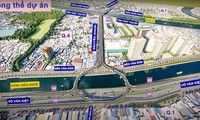
Source



![[Photo] General Secretary To Lam attends the 95th Anniversary of the Party Central Office's Traditional Day](https://vphoto.vietnam.vn/thumb/1200x675/vietnam/resource/IMAGE/2025/10/18/1760784671836_a1-bnd-4476-1940-jpg.webp)
![[Photo] Collecting waste, sowing green seeds](https://vphoto.vietnam.vn/thumb/1200x675/vietnam/resource/IMAGE/2025/10/18/1760786475497_ndo_br_1-jpg.webp)

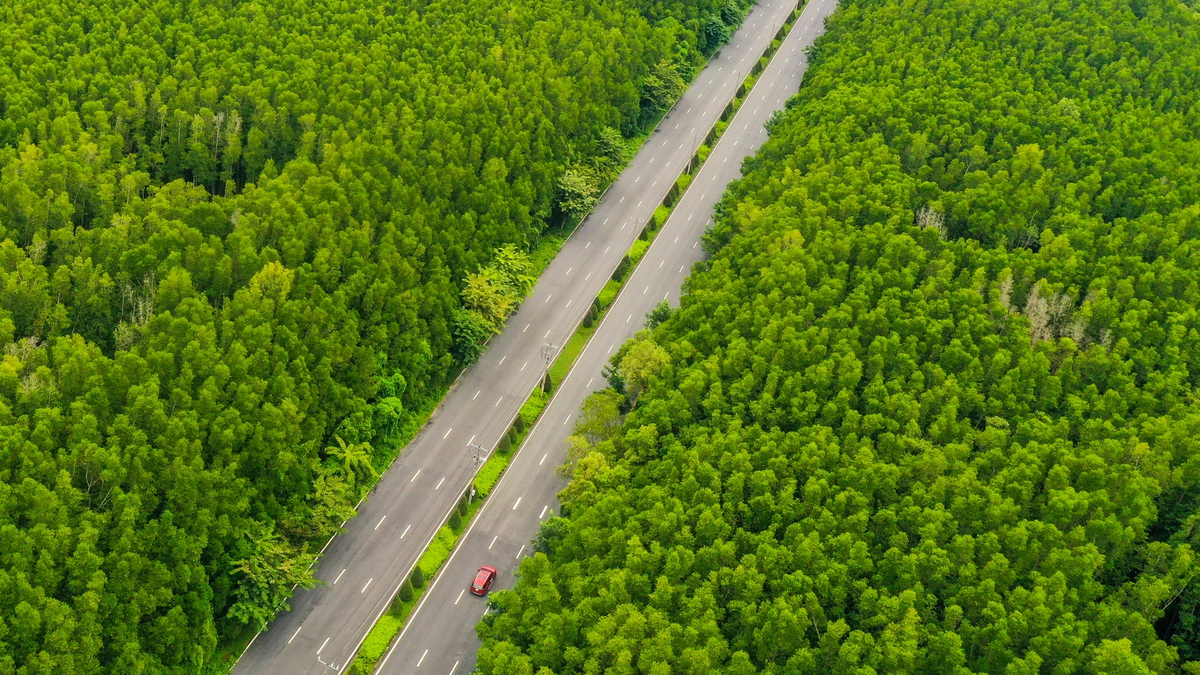
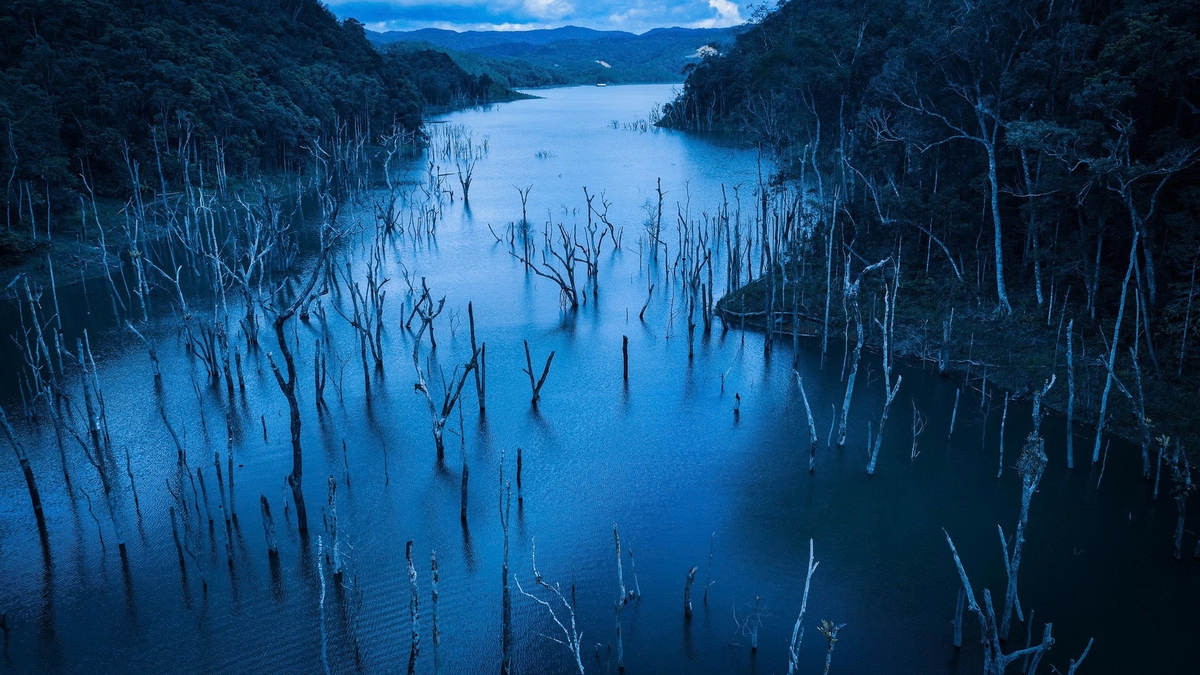




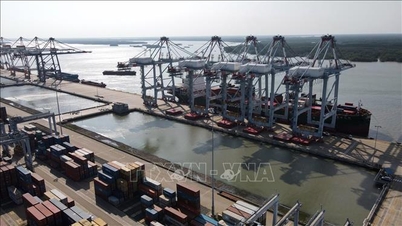
























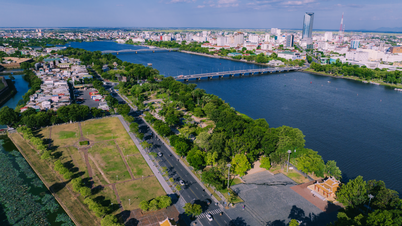



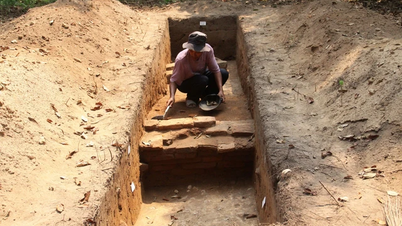




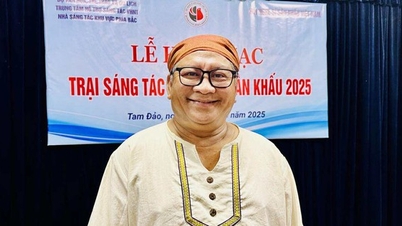














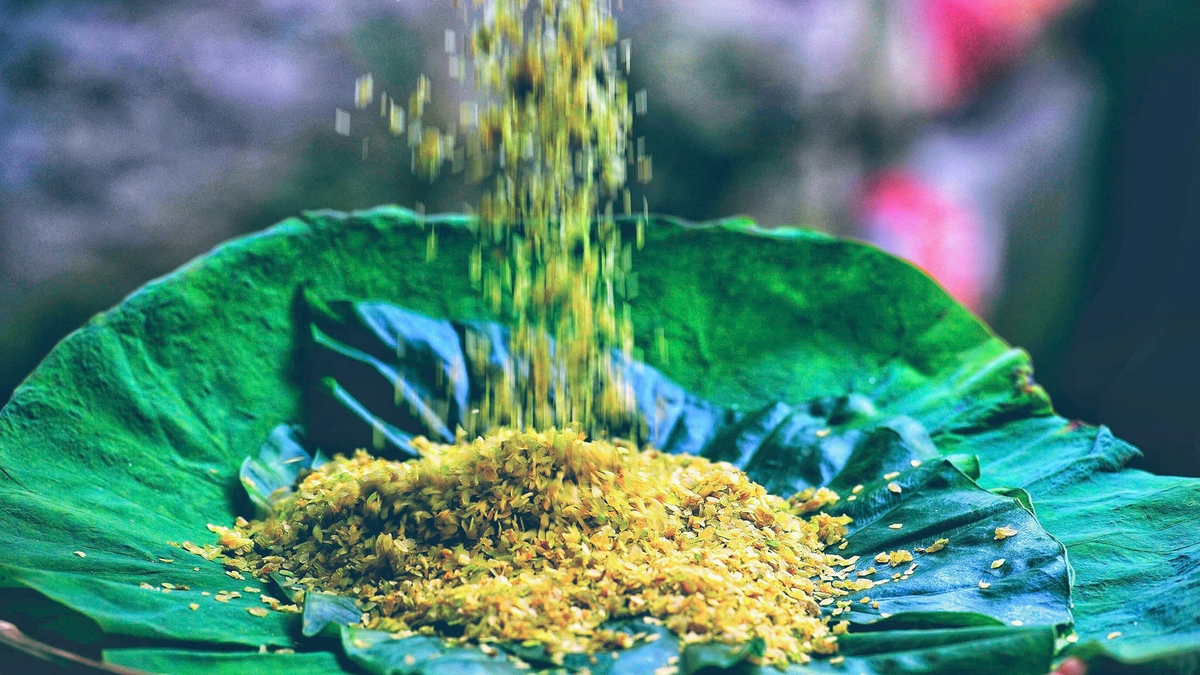













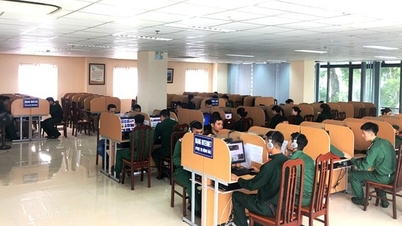






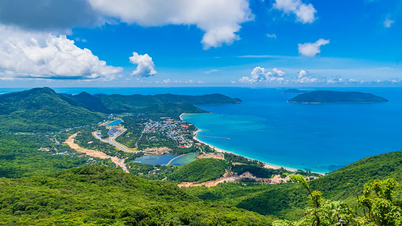


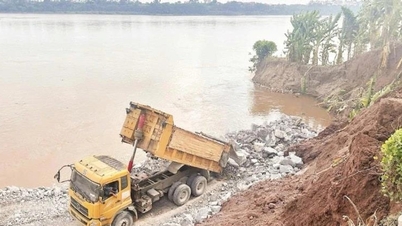













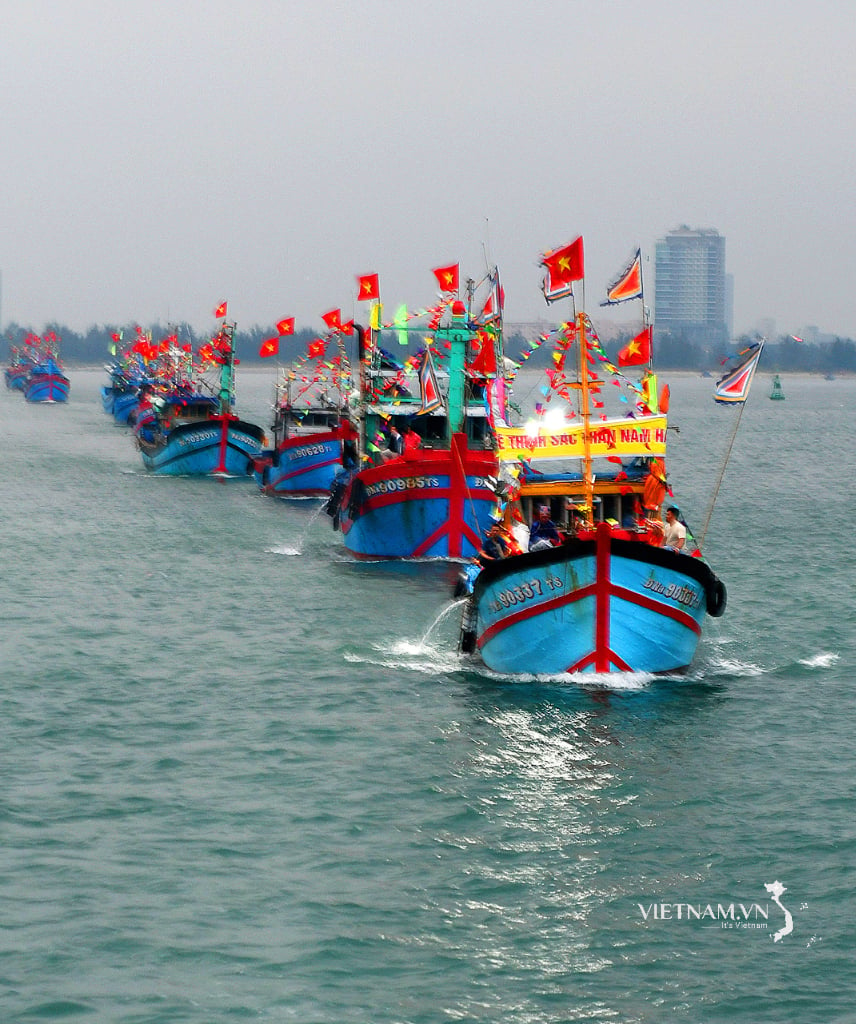
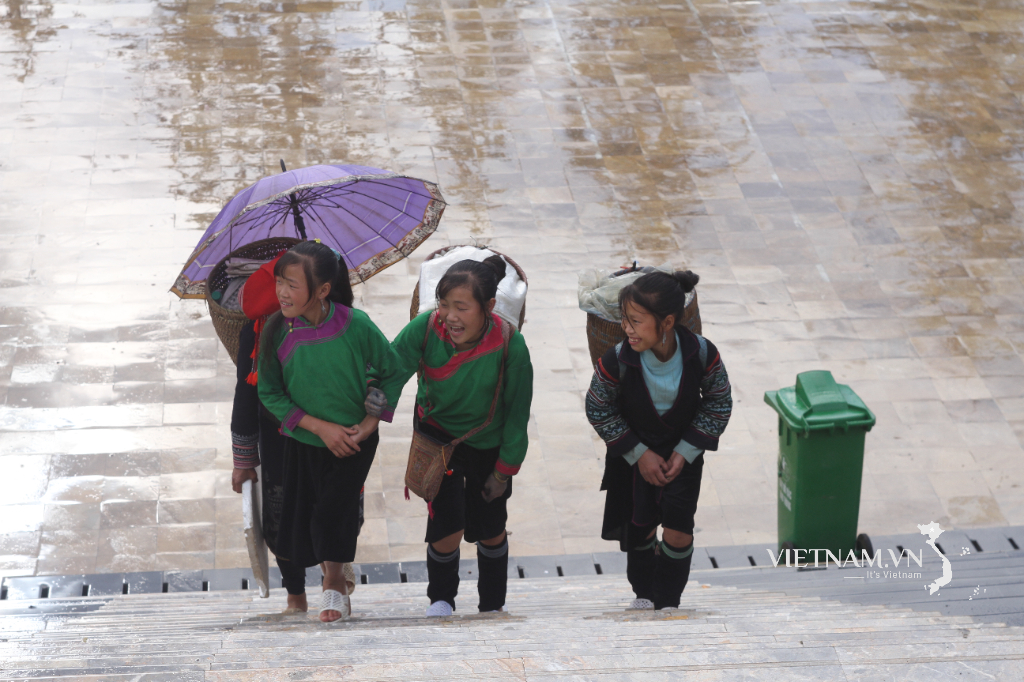


Comment (0)